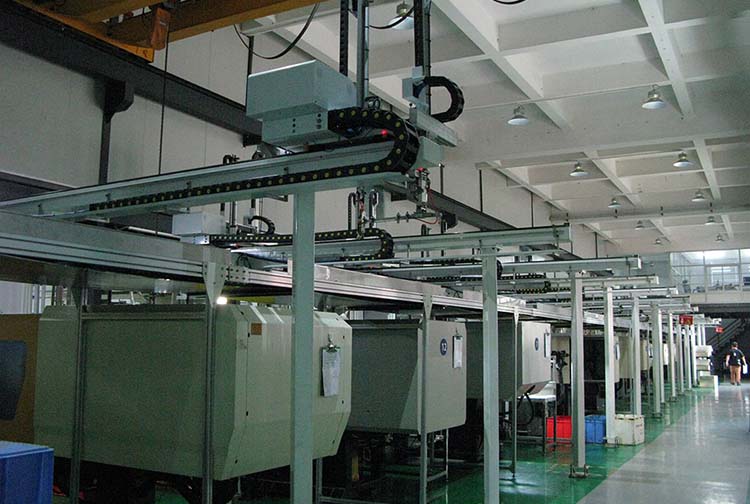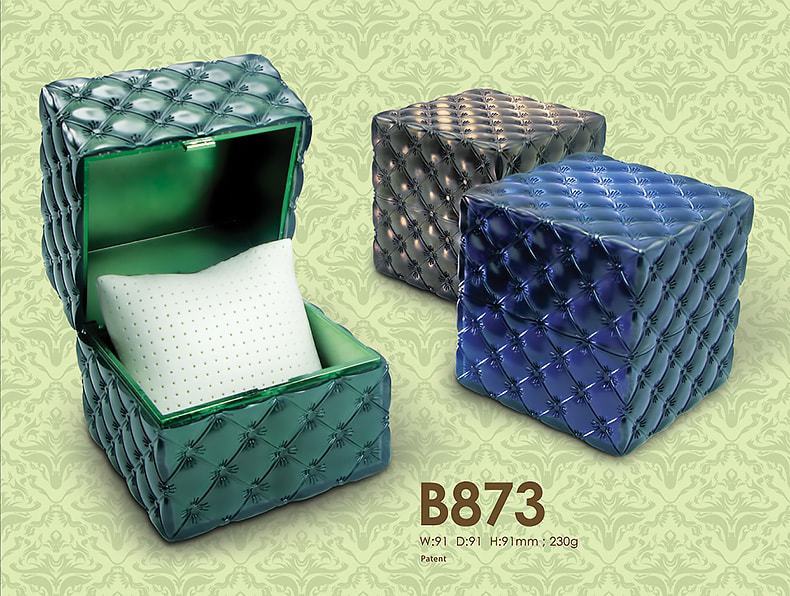Top Custom Plastic Injection Molding Company: PacZone
It's a good idea to choose an injection molding company that’s fast, flexible and customer-driven, especially if you want to order large quantities and fast turnaround. Choose the company that has state-of-the-art plastic injection molding facilities and machines. See if they have full scale thermoplastic and thermoset capabilities and experiences! PacZone is one of such leading plastic injection molding companies from China!
Communicate your initial concept with us, and leave everything else from initial prototype through mold design, production to finishing and delivery. PacZone is equipped with a trained staff of experienced engineers, designers and toolmakers who will work with clients from designing and building the actual custom mold to, when necessary, the injection and packaging of the final plastic parts. With the use of sophisticated computer aided design and technology and the latest equipment, we can provide clients with a technically superior mold and assure every product's success, as we’ve always been delivering in the past decades!
Email us at [email protected]
WhatsApp: +86-13691993034
Website: paczoneboxes.com
Four Major Factors on Plastic Injection Molding Quality
Custom plastic parts by injection molding are not all made equally good! There are many quality pitfalls in the process. A company must have excellent quality management practice and systems to guarantee consistently excellent product quality!
Here listed are four essential factors that affect the quality of plastic injection molding:
1. Plastic Material
The complexity of plastic material properties determines the complexity of the injection molding process. And the properties of plastic materials may vary greatly with different varieties, brands, manufacturers, and even batches. Different properties, in turn, can lead to completely different molding results.
2. Injected Plastic Temperature
The plastic melt flows into the cooled cavity, and loses some heat due to conduction. At the same time, heat is generated as a result from the shearing, which may or may not produce more heat than what the conduction dissipates, depending on the molding conditions. The viscosity of the melt decreases with increasing temperature. In this way, the higher the injection temperature, the lower the viscosity of the melt and the lower the filling pressure required. Also, the injection temperature is limited by both thermal degradation and decomposition temperatures.
3. Mold Temperature
The lower the mold temperature, the faster the loss of heat due to conduction, the lower the melt temperature, and hence the poorer the flow-ability. This is especially true when using lower injection rates.
4. Injection Time
The impact of injection time on the molding process lies in three areas:
(1) Reducing injection time will increase the shear strain rate. The injection pressure to fill should be increased accordingly.
(2) As reducing injection time will increase the shear strain rate, the viscosity of the melt decreases due to the shear thinning properties. The injection pressure required to fill the cavity will also decrease.
(3) Reducing injection time will increase the shear strain rate. The greater the shear heating is, the less will be the heat loss from conduction. Thus, the melt temperature increases, and the viscosity will lowers. The desired injection pressure to fill the cavity should also be reduced.
The combined effect of the above three conditions results in a "U" shape curve of the injection pressure required to fill the cavity. In other words, there exists an injection time when the injection pressure required is minimal.



No comments:
Post a Comment